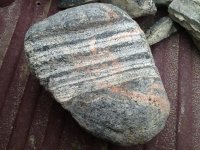nunyabiz111
Full Member
- Jun 15, 2018
- 128
- 128
- Primary Interest:
- All Treasure Hunting
- Thread starter
- #21
nothing...life was good in the land of plenty. why would a modern man need a collection of pre-contact era spear tips lined up in a glass case for?
View attachment 1860454
View attachment 1860456
View attachment 1860454
View attachment 1860456






